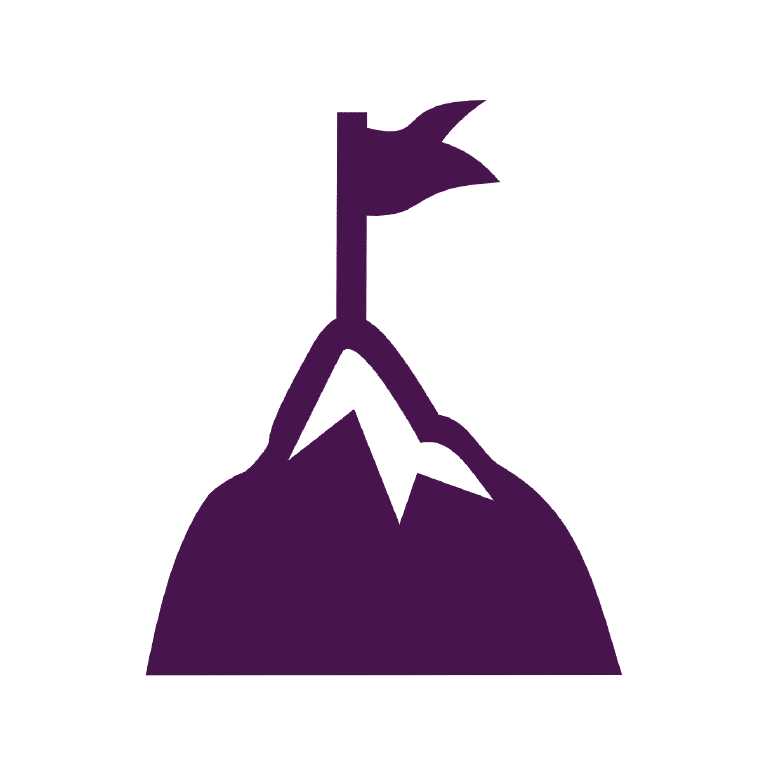
The Challenge
A global financial firm needed to improve the user experience (UX) for its technical support documentation hub. Prior to EK’s involvement, the client company received user feedback expressing that interacting with the technical support documentation was cumbersome. Only half of the users were satisfied with the experience on the documentation hub. Users were also frustrated with search queries returning irrelevant information and their inability to find critical content in their time of need. In one test scenario where users were provided a question and asked to look for the answer, only a small percentage of users could find the correct answer in the documentation.
For the support hub, the company uses a componentized content management system (CCMS) and technical documentation application, with publishing workflows between the two systems. However, the authoring and publishing workflows were limited in their ability to support better search results and personalization. As a result, the company wanted to revise the search capabilities of its technical documentation hub by providing enhanced search capabilities to improve content discovery and findability and to provide a more personalized content experience for its users.
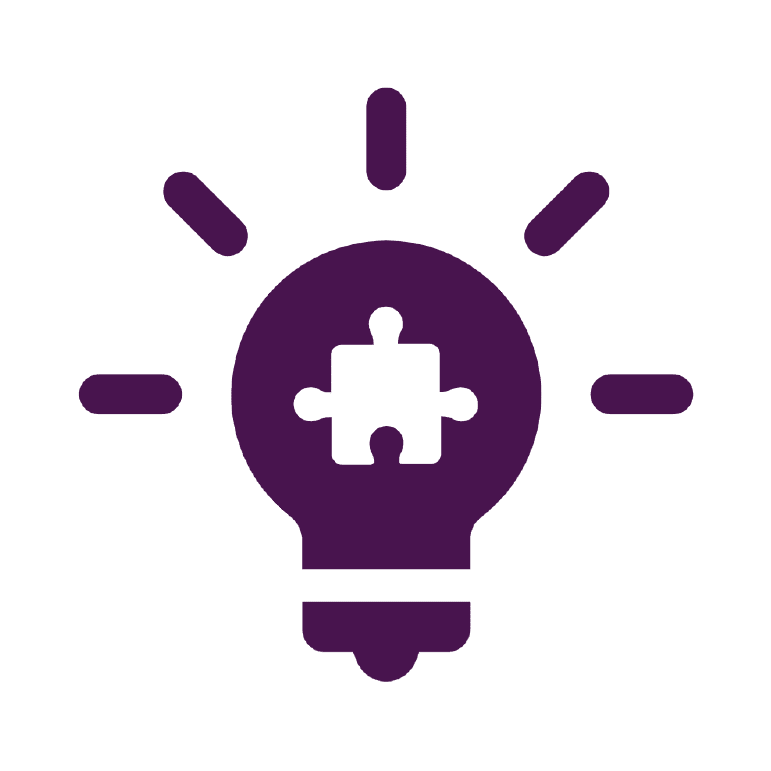
The Solution
EK performed initial user and system research and analysis to identify issues and recommend solutions to improve overall UX. As part of this research, EK facilitated cross-departmental focus groups and workshops with stakeholders and SMEs, in addition to conducting a current and target state analysis. During these activities, EK identified strengths and challenges in multiple aspects of the content lifecycle, from authoring and publishing to end-user content engagement. The challenges identified in the analysis provided an opportunity to identify and prioritize relevant use cases, which helped shape the Agile product roadmap and EK’s tool recommendations. Additionally, the analysis enabled EK to identify user goals and evaluation criteria that could be measured to test solution effectiveness. The EK team also collaborated with taxonomy SMEs to review and improve the existing content metadata, providing the foundations for more granular content tagging. EK then developed an Agile product roadmap that incorporated our UX and system recommendations with iterative milestones and collaborated with the client company on implementing the multi-workstream roadmap to ensure the client company met its goals and improved solution effectiveness.
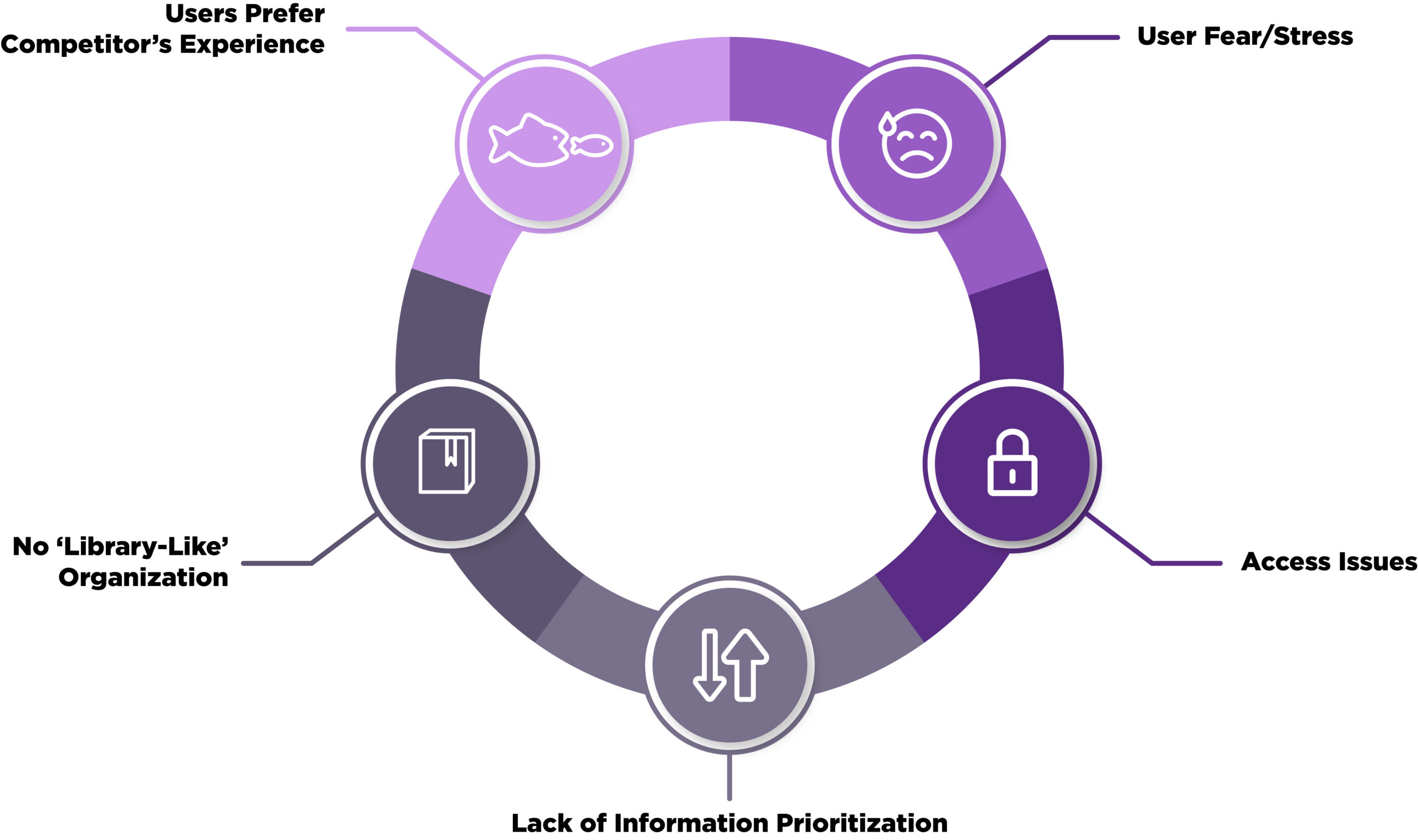
EK’s user and system research found a cycle of challenges that reduced user confidence in the client’s documentation hub.
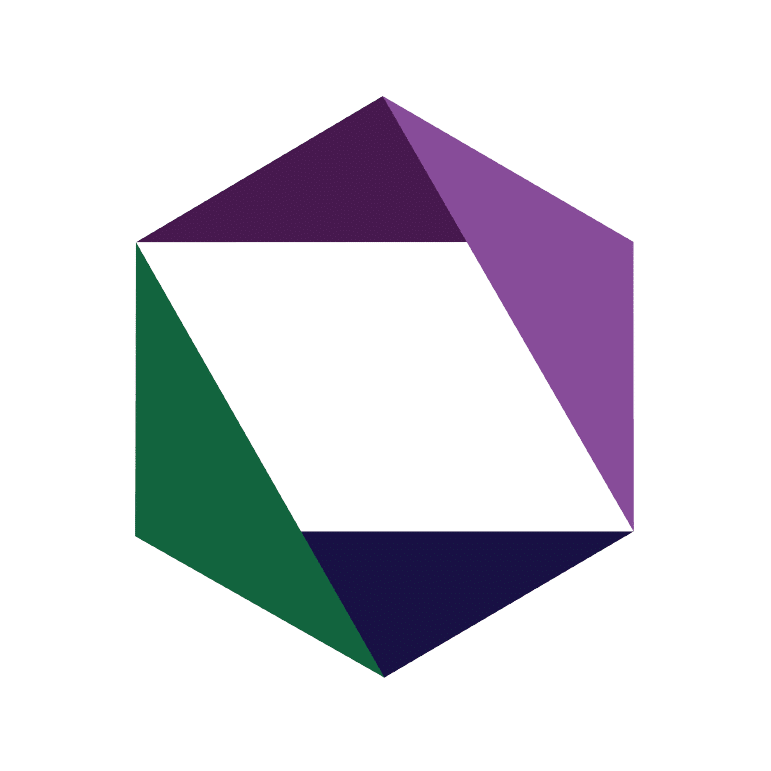
The EK Difference
The EK team leveraged our experience with taxonomy design, ontology design, UX best practices, and enterprise search to design an Agile roadmap to achieve expanded search capabilities, governance workflows, and more personalized content experiences. Our certified taxonomists and ontologists collaborated with client company SMEs to capture and translate existing metadata and authoring processes into an expanded taxonomy that the CCMS could leverage for granular content tagging. EK’s expert taxonomy and ontology designers discerned metadata pain points to design and deliver data models that would support the client company’s current and future advanced user-driven use cases. EK also leveraged our knowledge graph experience to implement and query the data models created by the ontology designers to support the prioritized use cases surfaced from our initial research and analysis. The EK team leveraged our advanced content management, search, and knowledge management solution architecture experience to design a new system architecture that enables dynamic content assembly, improves search experience, provides personalized content to system users, and decreases manual authoring time spent creating the content.
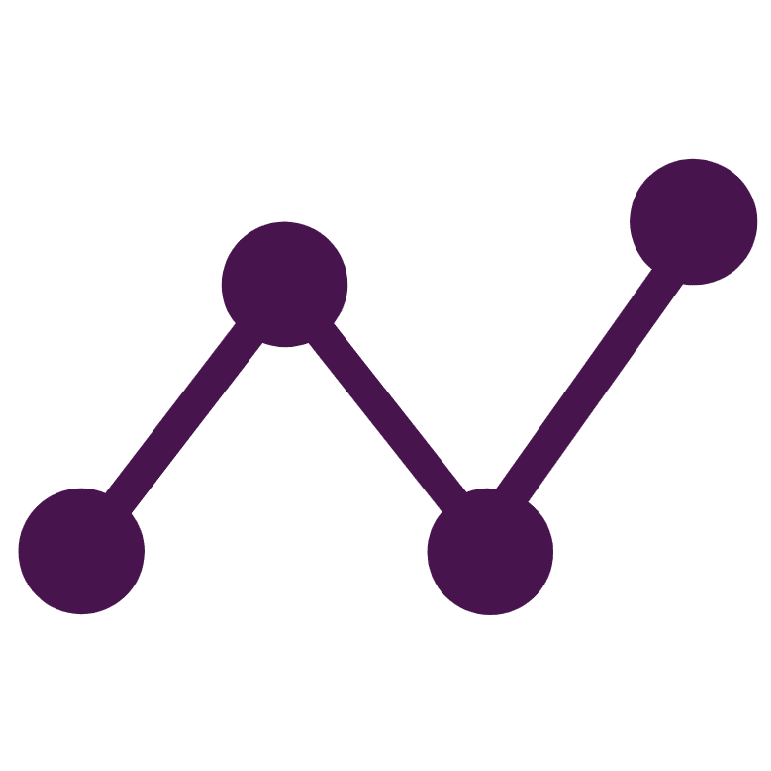
The Results
EK delivered a state-of-the-art solution architecture that enables increased granular tagging of componentized content for improved content and metadata management, content reuse across multiple end-user content experiences, and a streamlined content authoring process. The focus groups that EK conducted enabled the EK team to include and inform multiple departments across the organization, facilitating future cross-department collaboration. After applying the content changes, EK worked with the client to reevaluate user feedback on the site and found that
- Users were more satisfied with the content experience,
- Users were much more accurate with their answers, and
- Users were able to find answers in almost half the time.
The bench-marked structured Agile roadmap will enable the team to socialize the architecture and governance changes within the organization, communicating and promoting momentum and buy-in for the architecture and governance implementation.
